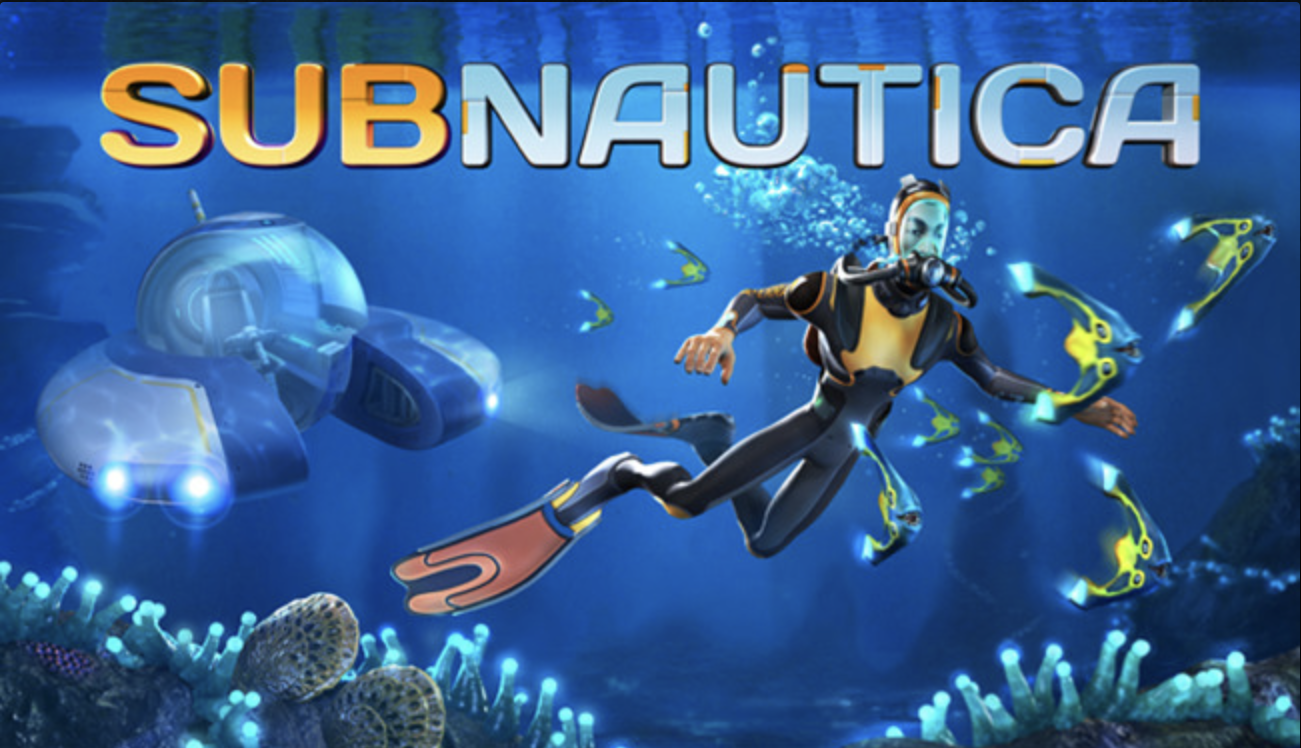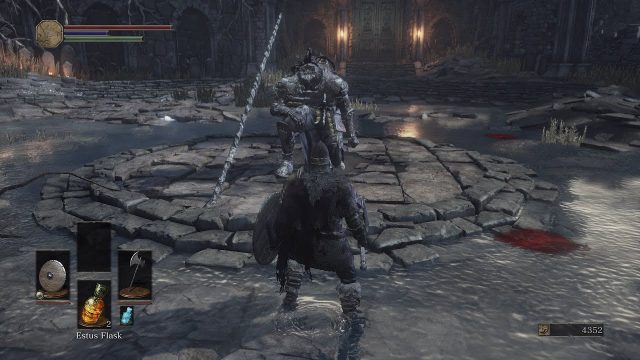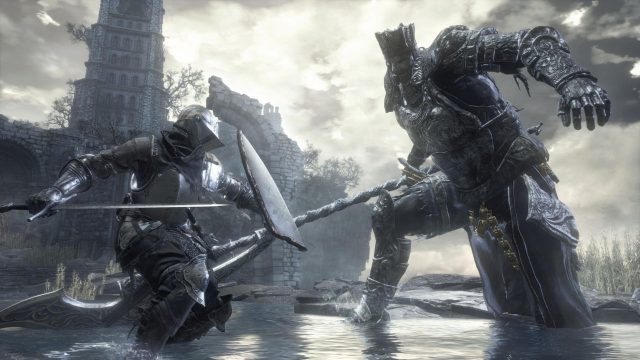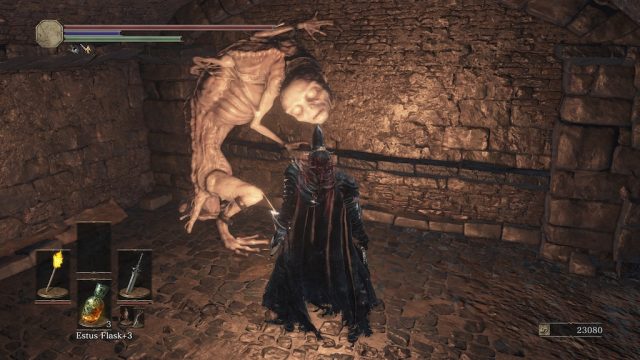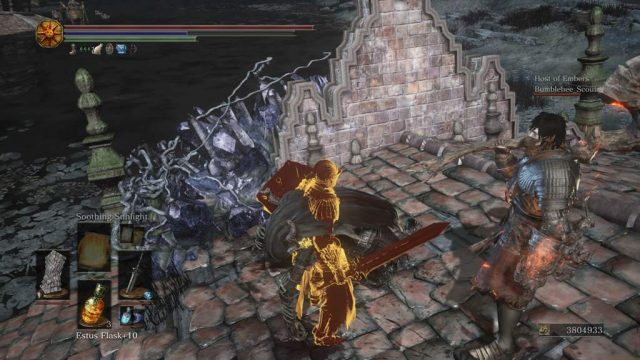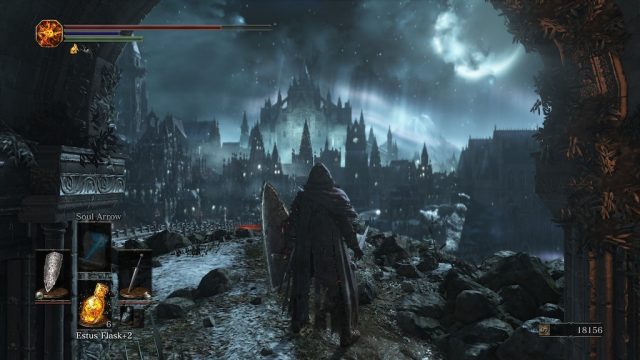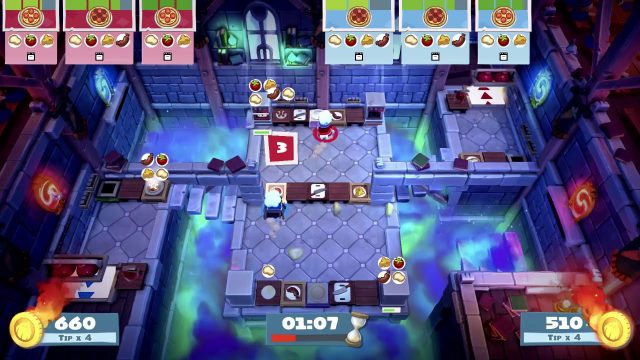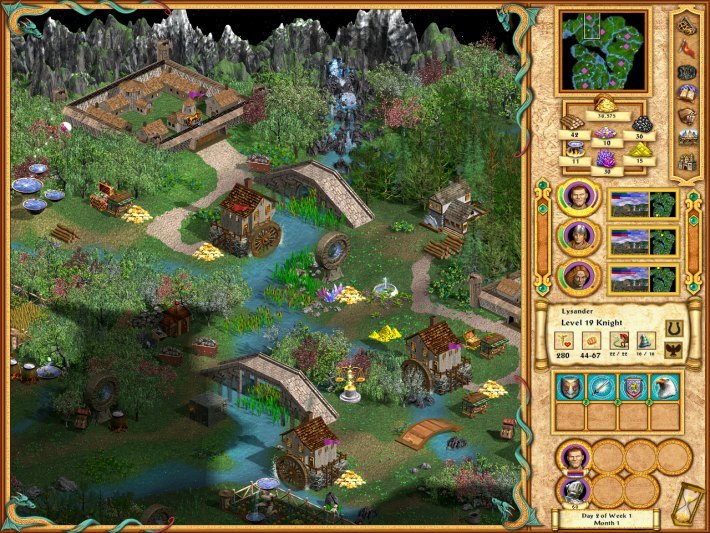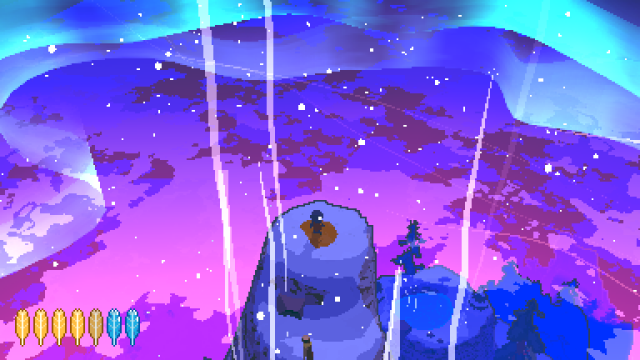
Description
A Short Hike, which received the Seumas McNally Grand Prize, is a relaxing 3D adventure and action game.
The main character, Claire, traveled to the Hawk Peak Provincial Park with her parents for a vacation. The player can explore the harmonious mountainside landscapes freely, chatting with people along the trails, hike, climb the walls, and even glide through the region, mingling with the wind. Walk around the island, chatting with others, discover coins, shells and treasures, and try to unveil the mystery of the island!
Game’s website: http://ashorthike.com/
YouTube gameplay demo: https://www.youtube.com/watchv=qsA5p0MKdoM
I would like to analysis the game with the following lenses:
Lens #7: Elemental Tetrad
- Mechanics
There is a variety of actions that a user could perform. She can move in four directions, jump, glide in the air, pick coins or shells from the ground, talk with others, and climb the walls with limited stamina.
When the user equips with tools, she can perform special actions. For instance, when the user holds a bucket, she can fetch water and sprinkle a specific area of soil. When the user picks a stick, she can hit movable beach balls and even play ‘stickball’ with others.
- Story
This game neither has a sequential storyline which requires the player to follow, nor having a leveling system which may cause changes in difficulty or modification of the environment, etc. The main goal of the mini-game is to reach Hawk Peak, which is the top of the mountain. The message is clear: When we reach out and explore the world, we can experience great things along the way.
- Aesthetics
The pixel art style applied in this game creates a dreamlike, foggy scene, and the light background music mainly played by piano and violin. These facilitate the generation of a calm and delighted mood and a strong sense of serenity.
The music and the graphics form a pleasant environment which makes the exploration process full of joy.
- Technology
This game runs on Windows, Linux and Mac OS. A keyboard and monitor are required to play the game with the best experience.
Lens #4: The Lens of Curiosity
Although the main goal of this game is reaching the top of the mountain, as the player wandering around the site, she meets different animals, and they might teach her a skill such as fishing, or even give her treasure maps and hints that there are other mysteries around this island. The players will have high incentives to keep travel around the island and unveil the mystery of the island, even after reaching the top of the mountain.
Lens #1: The Lens of Essential Experience
After playing the game, I would command it as a very relaxing experience. The light music and the pixel artworks with cute style made me feel like I am having a happy vacation and I revived my inner-child and made explorations in the game. The sense of serenity generated by the graphics and the music are essential factors that make the game excellent.
Lens #27: The Lens of Skill
There are only a few skills required for playing the game. Players only need to use the arrow keys, z-key, x-key, and the spacebar to perform all the motions for the character, including climbing, chatting, gliding, swimming, running, picking up an object, etc. Skills that are related to motions are dominant in this game since the main goal of the character is to climb to the top of the mountain, and these skills are helpful for the player to explore various regions. Since this is a sole game, no unfairness between players could exist.
The controls are simple and intuitive, and some characters will teach the player how to perform the motions. In my opinion, the skill level required is suitable for this simple, relaxing game.
Lens #45: The Lens of Imagination
The players can immediately relate their experience in visiting country parks to this game since there are a host of natural landscapes including hills, rivers, waterfalls, forests, etc. There is not much imagination involved in this gameplay in terms of the environment.
Since this is a pixel game, it is hard to show the detailed facial expressions of the characters. However, by using intonations in the character’s speech, the player can identify the mood of the characters. Some NPCs even give the player some hints that there are treasures located in this park, which inspire the player’s thoughts about heading to the unknown areas.
Lens #31: The Lens of Challenge
The main challenges involved in the game is trying to reach a certain part of the area with limited abilities. For instance, the player needs to climb up a wall with limited stamina, or the player needs to go across a broken bridge with a combination of skills, including gliding and climbing. The difficulty is just right, the challenges do accommodate a variety of skills, but the variety of challenges is limited since the game is only about exploring in a huge park.
If you want to be relaxed, meet cute animals and admire the beauty of nature, this game is for you!

